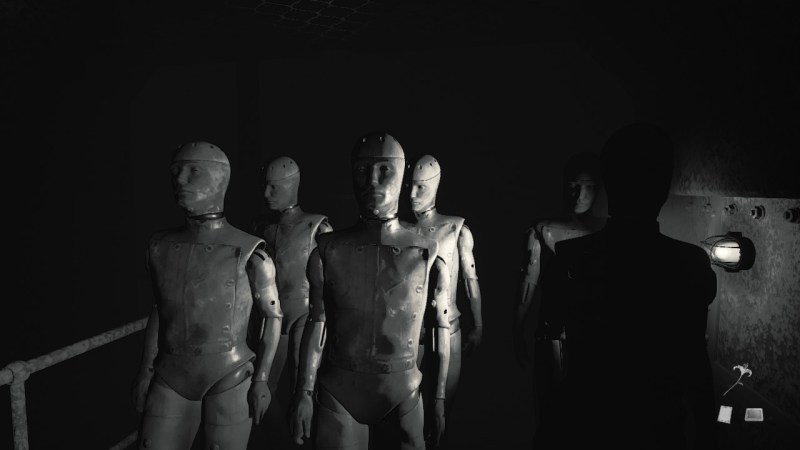If you’re coming over to this post from our Layers of Fear 2 accessibility review, then you’ll be glad to find below what’s contained within the settings menu on the Nintendo Switch version of the game. If you’re interested in how most of these settings are implemented into the gameplay itself, then be sure to read the review if you haven’t already!
I will note before I starting jumping into these menus, the game boots up to a title screen and there’s no dedicated tutorial. Instead you learn the ways of the game through tutorial prompts that appear as you progress in the first few minutes of the game. Although I felt these to be quite drawn apart with we instinctively doing actions ages before I was prompted to do so.
Settings
Gameplay

For Layers of Fear 2 accessibility, most of the options are available in the gameplay area, although there’s not much. You can choose your games language along with toggling the subtitles on. Additionally, subtitles have a scale slider which allows more precise size selections as opposed to a preset. For me, on a handheld device, the largest size was good enough.
Vibration can be adjusted using a similar slider, but it’s probably worth mentioning that while a high intensity is good for gentle jump scares, when the monster or a loud bang occurs, the vibration can be incredibly strong.
There are a few crosshair types to choose from. You can either have it turned off, have it turned on —which shows a white dot centred on the screen— or have a smart crosshair. The smart crosshair will hide the dot when precise targeting isn’t needed, but when near something interactive the dot appears.
You can also toggle a headbob on or off. There is a safe mode which looks as if it’s meant to allow you to toggle it on or off at any given moment. However, as noted in my review, when I started the game with it off I was unable to toggle safe mode on.
Video

In video, you have two options to choose from. The first being what FPS you wish to play the game at, allowing you to either lock it to 30fps or set it to no limit which plays the smoothest. For me, I felt it was nicer to play with no limits as at 30fps it seemed to stutter a bit. You can also adjust the gamma in this area.
Audio

For audio, there’s a nice range of sliders to choose from. You can adjust the master volume for everything, or go through and individually change the volume of your music, SFX, or voiceovers. And if you want to choose your output you can do so there.
Controls

Layers of Fear 2 has a number of options to change in this area, allowing you to invert your X and Y inputs and also adjust your sensitivity. At default, I felt the sensitivity for the Joy-Cons was too slow and heavy, clearly targeting a more cinematic smooth camera feel, so when it came to using that sensitivity to navigate the world it just felt jarring.
There’s also an area where you can rebind all the gameplay inputs such as the run or toggle run inputs, the zoom, viewing your inventory, and more.
And that’s pretty much it for the Layers of Fear 2 Accessibility — Menu Deep Dive. While Bloober Team’s horror title has been out on PC for a while, its arrival on the Nintendo Switch is new, and so the settings shown above are for the Switch version of the game.










